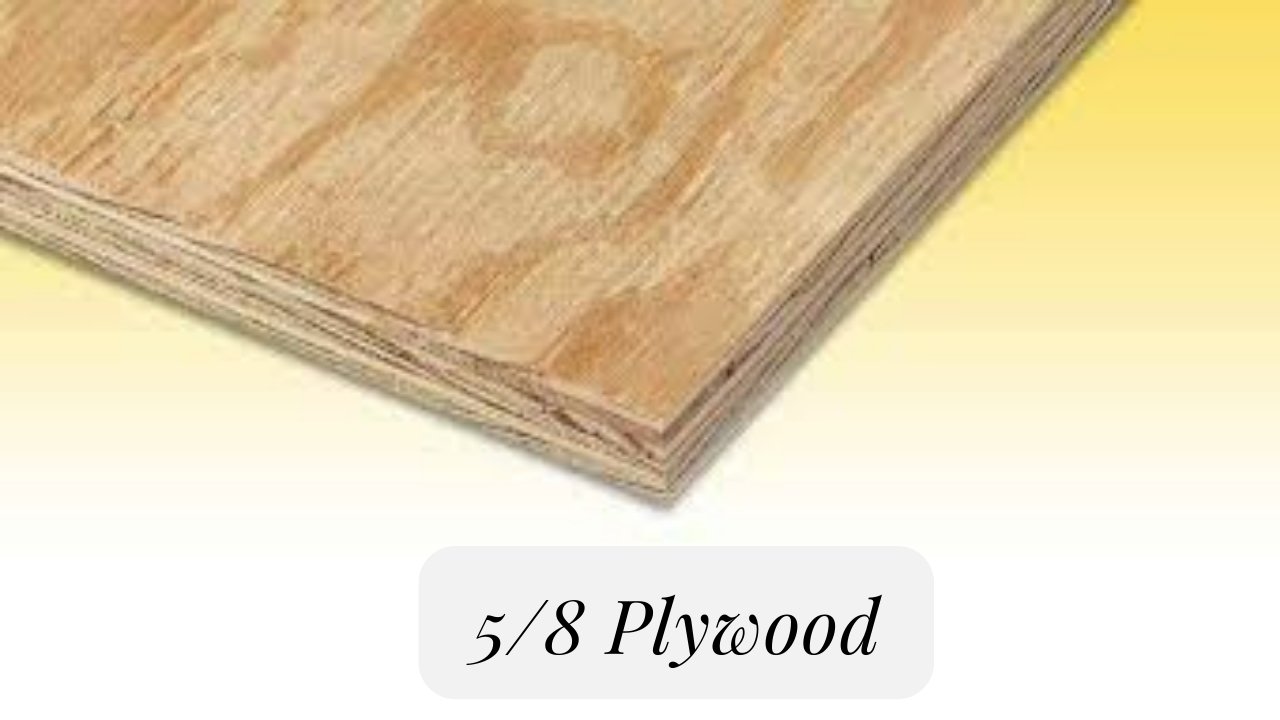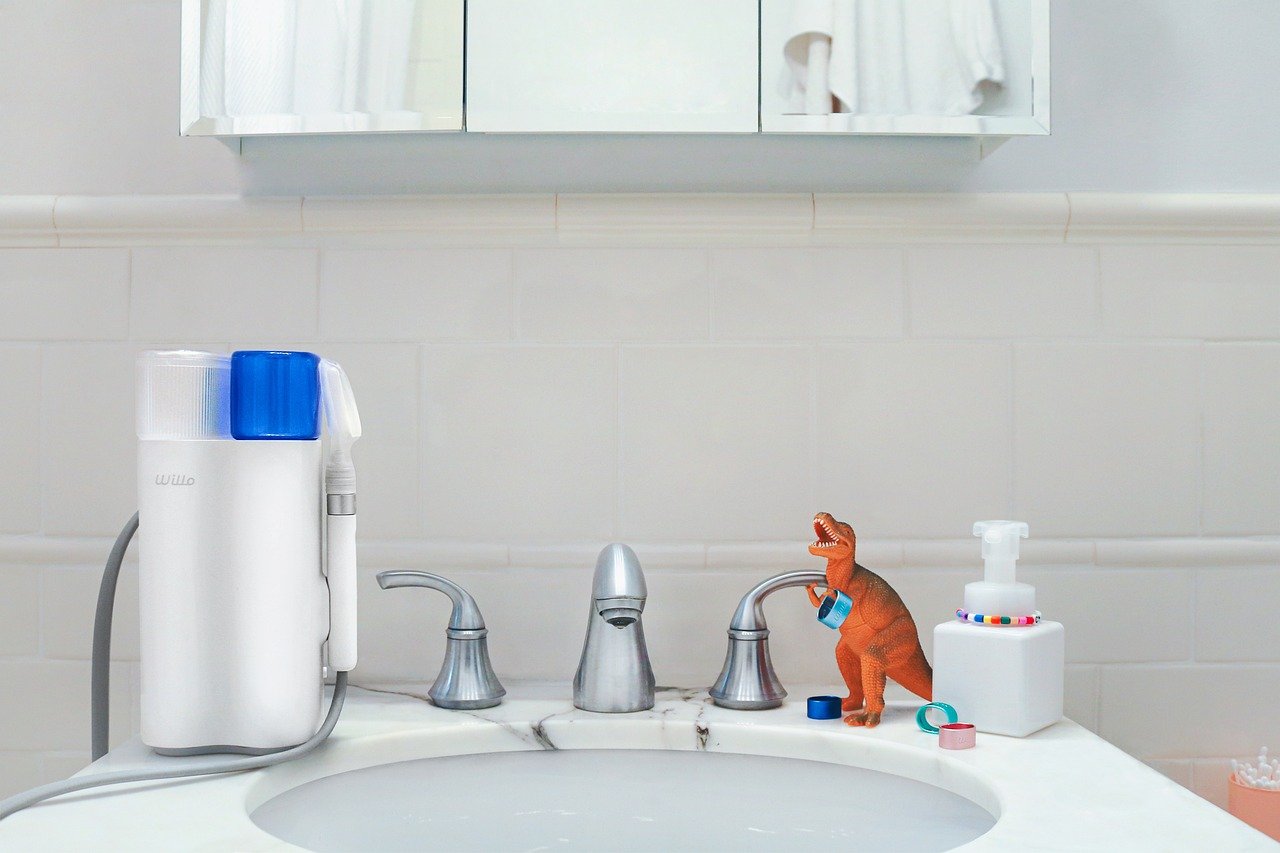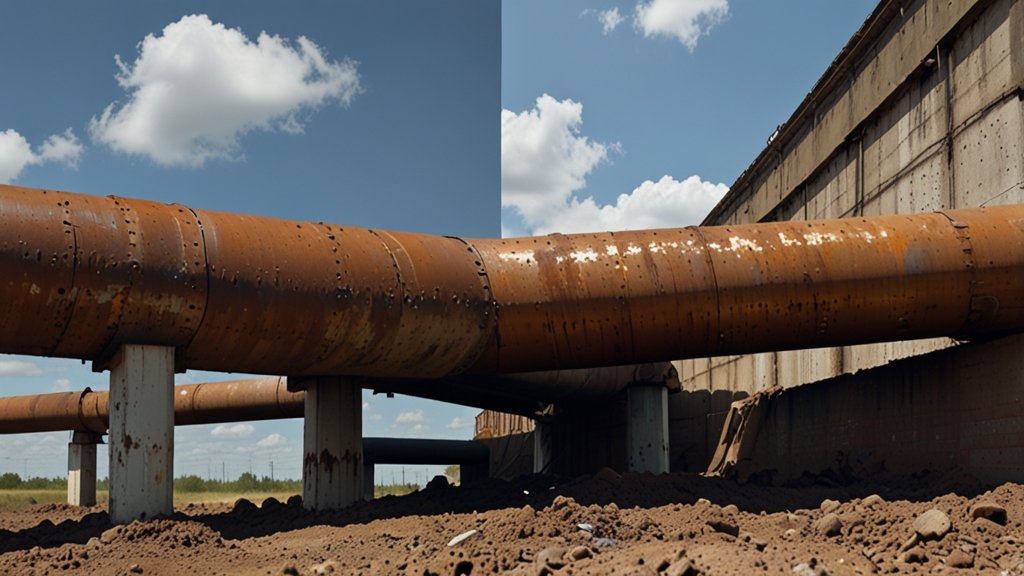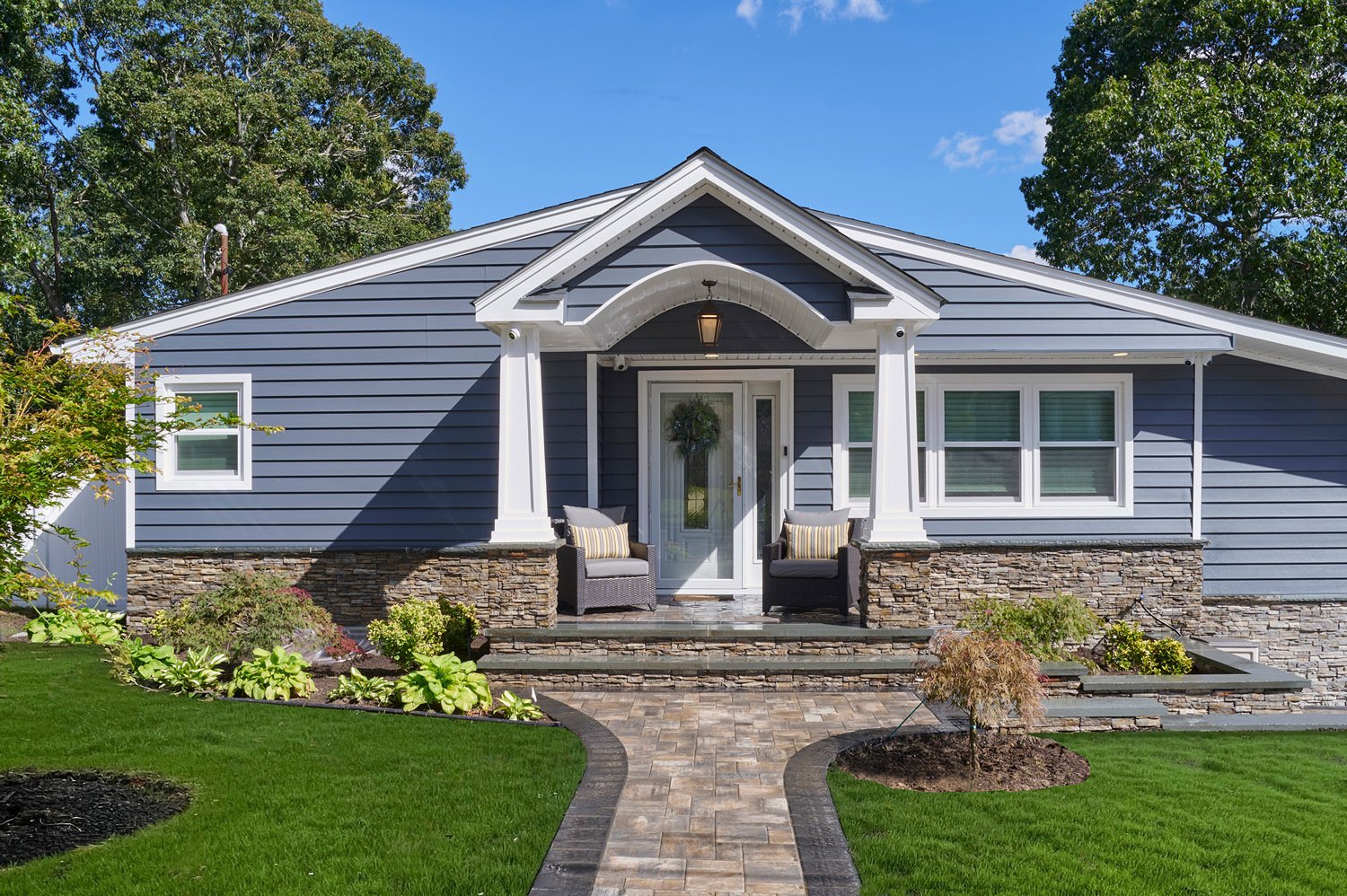If you’re a DIY enthusiast, woodworker, or construction professional, you’ve likely encountered plywood. But have you explored the versatility and advantages of 5/8 plywood? This blog post will guide you through everything you need to know about mastering 5/8 plywood. From understanding its unique properties and applications to learning best practices for installation and maintenance, we’ll cover it all.
In this comprehensive guide, we’ll start by defining what 5/8 plywood is and its common uses. Next, we’ll explore the different types and grades available, followed by an in-depth look at its applications. We’ll also discuss the benefits of using 5/8 plywood, provide tips on installation and handling, and offer advice on maintenance and care. Finally, we’ll include a buying guide and address frequently asked questions. By the end of this article, you’ll be equipped with valuable insights to make informed decisions for your next project.
What is 5/8 Plywood?
5/8 plywood refers to the thickness of the plywood sheet, which is 5/8 inches. It’s a versatile material widely used in various construction and woodworking projects. Plywood is made by gluing together several thin layers of wood veneer, with the grain of each layer running perpendicular to the adjacent layer. This cross-grain construction gives plywood its strength and stability.
Common uses of 5/8 plywood include wall sheathing, roof decking, subflooring, furniture making, and even craft projects. Its balanced combination of strength, durability, and affordability makes it a popular choice among professionals and DIYers alike.
Types of 5/8 Plywood
When it comes to plywood, there are two main types to consider: softwood and hardwood plywood. Each type has its own characteristics and uses.
Softwood vs. Hardwood Plywood
Softwood plywood is typically made from softwood species like pine, fir, or spruce. It’s often used in construction for structural applications such as wall sheathing and roof decking. Softwood plywood is known for its strength and lightweight properties, making it easy to handle and install.
Hardwood plywood, on the other hand, is made from hardwood species like oak, maple, or birch. It’s prized for its aesthetic appeal and is commonly used in furniture making and cabinetry. Hardwood plywood offers a smooth, attractive finish, making it ideal for projects where appearance matters.
Grades of Plywood
Plywood is graded based on the quality of its veneers and the presence of defects. The grading system typically ranges from A to D, with A being the highest quality and D having the most defects. The specific grades available in 5/8 thickness can vary, so it’s essential to understand what each grade represents.
- Grade A: This grade has the fewest defects and provides a smooth, high-quality surface. It’s suitable for applications where appearance is crucial, such as furniture and cabinetry.
- Grade B: Grade B plywood has minor defects that can be easily repaired. It’s still relatively smooth and is often used in furniture making and interior applications.
- Grade C: This grade has more noticeable defects but is still structurally sound. It’s commonly used in construction for wall sheathing and subflooring.
- Grade D: Grade D plywood has the most defects and is typically used in applications where appearance is not a concern, such as subflooring or temporary structures.
Applications of 5/8 Plywood
5/8 plywood’s versatility makes it suitable for a wide range of applications, from construction to furniture making and beyond.
Construction Uses
In construction, 5/8 plywood is often used for:
- Wall Sheathing: Provides structural support and serves as a base for exterior siding and insulation.
- Roof Decking: Offers a stable surface for roofing materials and helps distribute the load evenly.
- Subflooring: Adds rigidity to floors and provides a smooth, even surface for flooring materials.
Furniture and Cabinetry
5/8 plywood is also an excellent choice for furniture making and cabinetry:
- Furniture Making: Its strength and stability make it ideal for constructing tables, chairs, and shelving units.
- Cabinetry: Provides a smooth, attractive surface for cabinets, drawers, and other built-in storage solutions.
Other Uses
Beyond construction and furniture, 5/8 plywood can be used for various other projects:
- Craft Projects: Ideal for DIY crafts, such as making decorative signs, picture frames, and small storage boxes.
- Temporary Structures: Perfect for creating temporary walls, partitions, and event setups due to its ease of handling and installation.
Benefits of Using 5/8 Plywood
Choosing 5/8 plywood for your projects comes with several advantages:
Strength and Durability
Compared to thinner plywood sheets, 5/8 plywood offers enhanced strength and durability. It can withstand heavy loads and resist bending or warping, making it suitable for structural applications.
Cost-Effectiveness
While thicker plywood sheets may be more expensive, 5/8 plywood strikes a balance between cost and performance. It’s more affordable than thicker options while still providing sufficient strength and stability for most applications.
Versatility
5/8 plywood’s adaptability makes it a versatile choice for various projects. Whether you’re working on construction, furniture making, or craft projects, 5/8 plywood can meet your needs.
Installation and Handling
Proper installation and handling are crucial to ensure the best results when working with 5/8 plywood.
Cutting and Sizing
To achieve accurate cuts, use quality tools like a circular saw or table saw. Measure and mark your cuts carefully, and use a straightedge to guide your saw for clean, precise cuts. Wearing safety gear, such as goggles and ear protection, is essential to protect yourself while cutting plywood.
Fastening and Joining
When fastening 5/8 plywood, use nails or screws designed for wood applications. Pre-drilling pilot holes can prevent splitting and ensure a secure fit. Additionally, consider using wood adhesives or glues for added strength in joints and connections.
Finishing
Finishing 5/8 plywood involves sanding, painting, sealing, or staining to achieve the desired look and protection. Sand the surface smooth before applying paint or stain, and use a high-quality primer to ensure even coverage. Sealing the plywood will help protect it from moisture and extend its lifespan.
Maintenance and Care
Proper maintenance and care will ensure your 5/8 plywood projects remain in excellent condition for years to come.
Protection Against Moisture
Moisture can cause plywood to warp or rot over time. To protect against moisture, consider using waterproof finishes or sealants. Applying a water-resistant coating to the edges of plywood sheets can also help prevent water absorption.
Maintenance Tips
Regular maintenance involves checking for signs of wear or damage, such as cracks, splits, or loose fasteners. Address any issues promptly to prevent further deterioration. Cleaning the surface with a damp cloth can remove dirt and debris, keeping your plywood looking its best.
Repairing Damages
If your 5/8 plywood sustains damage, there are several ways to repair it. Small cracks or splits can be filled with wood filler and sanded smooth. For more extensive damage, consider replacing the affected section or reinforcing it with additional plywood or support materials.
Buying Guide
When purchasing 5/8 plywood, keep the following tips in mind:
Where to Buy
Look for reputable suppliers and stores that offer high-quality plywood. Home improvement stores, lumber yards, and specialized woodworking shops are excellent places to start. Online retailers can also provide a convenient option with a wide selection of products.
What to Look For
When selecting plywood, inspect the sheets for quality indicators such as smooth surfaces, minimal defects, and consistent thickness. Check for any signs of warping or damage, and ensure the plywood meets the required grade for your project.
Price Considerations
Plywood prices can vary based on factors such as species, grade, and supplier. While it’s tempting to choose the cheapest option, investing in higher-quality plywood will pay off in terms of durability and performance. Compare prices from different suppliers to find the best balance between cost and quality.
Environmental Impact
Being mindful of the environmental impact of your materials is essential for sustainable building practices.
Sustainability
Look for eco-friendly plywood options certified by organizations such as the Forest Stewardship Council (FSC). FSC-certified plywood is sourced from responsibly managed forests, ensuring sustainable practices and reducing environmental harm.
Recycling and Disposal
When disposing of plywood, consider recycling it whenever possible. Many recycling centers accept plywood for reuse or repurposing. If recycling isn’t an option, dispose of plywood responsibly by following local waste disposal guidelines and avoiding illegal dumping.
You May Also Like: The Ultimate Guide to Carpetten: Your Comprehensive Resource
Conclusion
Mastering the use of 5/8 plywood can elevate your woodworking and construction projects, offering a perfect balance of strength, versatility, and cost-effectiveness. By understanding the types, grades, and applications of 5/8 plywood, you can make informed decisions and achieve excellent results in your projects.
From its wide range of applications in construction and furniture making to the benefits of its durability and adaptability, 5/8 plywood is an invaluable material for DIY enthusiasts, woodworkers, and construction professionals. By following best practices for installation, handling, and maintenance, you can ensure your plywood projects stand the test of time.
FAQs
What is 5/8 plywood typically used for?
5/8 plywood is commonly used for wall sheathing, roof decking, subflooring, furniture making, and craft projects. Its combination of strength and stability makes it suitable for various applications.
How do I choose the right grade of 5/8 plywood?
Consider the requirements of your project when selecting the grade. Grade A provides a smooth, high-quality surface for furniture and cabinetry, while Grades B and C are suitable for construction and interior applications. Grade D is typically used for less visible or temporary structures.
Can 5/8 plywood be used outdoors?
While 5/8 plywood can be used outdoors, it’s essential to protect it from moisture and the elements. Applying waterproof finishes, sealants, and proper maintenance can help extend its lifespan in outdoor applications.
Where can I buy high-quality 5/8 plywood?
High-quality 5/8 plywood can be found at home improvement stores, lumber yards, specialized woodworking shops, and online retailers. Look for reputable suppliers that offer certified and sustainably sourced plywood.
How do I maintain and care for 5/8 plywood projects?
Regular maintenance involves checking for signs of wear or damage, addressing issues promptly, and cleaning the surface with a damp cloth. Protecting plywood from moisture and using waterproof finishes can also help extend its lifespan.










